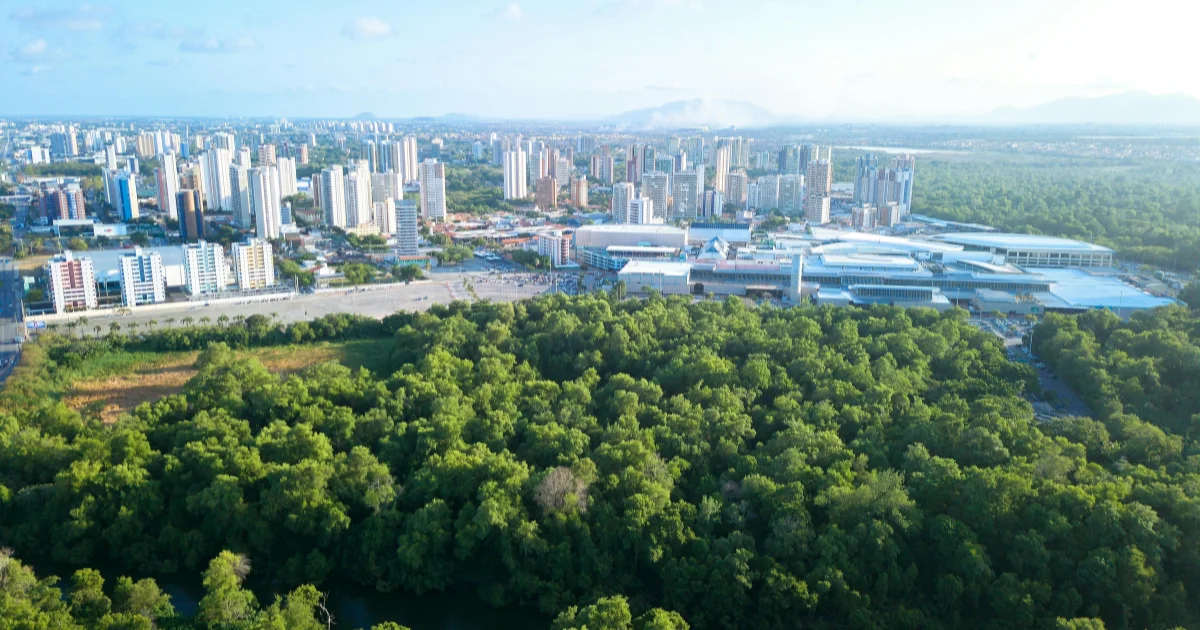How Forests Stop Heat
Forests are one of nature’s most effective tools for combating heat and maintaining a balanced climate. They play a critical role in cooling the Earth by regulating temperature, absorbing greenhouse gases, and influencing weather patterns. This article explores the various ways forests help stop heat and why protecting them is essential in the fight against global warming.
Absorbing Carbon Dioxide (CO₂)
Forests act as massive carbon sinks, absorbing CO₂ from the atmosphere during photosynthesis. This process not only reduces greenhouse gas levels but also mitigates the effects of global warming.
Long-Term Carbon Storage: Trees store carbon in their trunks, branches, roots, and soil for decades, reducing the amount of heat-trapping gases in the atmosphere.
Global Impact: Tropical forests like the Amazon and Congo absorb billions of metric tons of CO₂ annually, making them crucial in stopping heat at a global scale.
Cooling the Air Through Evapotranspiration
Forests cool the air by releasing water vapor through a process called evapotranspiration. This natural cooling mechanism helps lower temperatures locally and regionally.
Moisture Release: Trees draw water from the soil and release it into the atmosphere, cooling the surrounding environment.
Temperature Drop: Forested areas can be several degrees cooler than deforested regions due to this process.
Providing Shade
Forest canopies block direct sunlight, reducing ground temperatures and preventing excessive heat absorption by the Earth’s surface.
Cooling Urban Areas: In cities, trees reduce the urban heat island effect by shading roads and buildings.
Protecting Soil: Forests keep the soil cool, preventing it from drying out and overheating.
Reflecting Solar Radiation
Forests influence the Earth’s albedo, or the reflection of solar radiation. Lush green canopies reflect sunlight, reducing the amount of heat absorbed by the planet.
Bright Canopies: Dense forests, particularly in boreal and temperate zones, reflect sunlight, aiding in global cooling.
Regulating Weather Patterns
Forests play a significant role in regulating local and global weather systems by releasing moisture and influencing cloud formation.
Rainfall Generation: Forests like the Amazon create their own rain cycles, which help cool the atmosphere.
Cloud Cover: Increased cloud cover from forested regions reflects sunlight and reduces surface heat.
Preventing Soil Degradation
Deforestation exposes soil to direct sunlight, causing it to dry out and release stored carbon, which amplifies global warming. Forests protect the soil by maintaining moisture levels and preventing heat buildup.
Reducing Hot Winds
Forests act as natural barriers, slowing down and cooling hot winds. This is particularly beneficial in arid and semi-arid regions, where forests help stabilize local climates.
Why Forests Are Crucial for Combating Heat
The loss of forests through deforestation and degradation has severe consequences for global temperatures. Without forests, carbon dioxide levels rise, local climates become hotter, and weather patterns grow more erratic. Protecting forests is essential to:
Mitigating global warming.
Reducing the frequency and intensity of heatwaves.
Maintaining biodiversity and healthy ecosystems.
How to Support Forest Conservation
Protecting and expanding forests is key to stopping heat. Here’s how individuals and communities can contribute:
Plant Trees: Participate in reforestation and afforestation programs.
Support Sustainable Practices: Choose products made from sustainably sourced materials.
Advocate for Forest Protection: Encourage policies that prevent deforestation and promote conservation.
Educate Others: Spread awareness about the importance of forests in regulating the Earth’s climate.
Relevant post: An Impressive Trees Fighting Global Warming in 2024
Other Relevant: Planting trees in the Arctic could make global warming
Conclusion
Forests are more than just collections of trees—they are powerful ecosystems that regulate the planet’s temperature, reduce greenhouse gases, and stabilize weather patterns. By absorbing carbon dioxide, providing shade, and releasing moisture, forests play a vital role in stopping heat and combating climate change.
Protecting forests is not just an environmental necessity; it is a global responsibility. Through conservation and reforestation efforts, we can ensure that forests continue to cool the planet and support life for generations to come.
Would you like a summary or ideas for creating actionable steps from this article?




